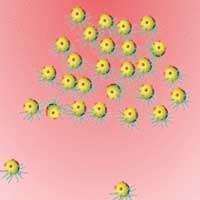 Chemotactic movement on the macroscale by a swarm of bacteria-mimicking nanoswimmers.
Chemotactic movement on the macroscale by a swarm of bacteria-mimicking nanoswimmers.
Wednesday, July 31, 2019
Actively swimming gold nanoparticles
 Chemotactic movement on the macroscale by a swarm of bacteria-mimicking nanoswimmers.
Chemotactic movement on the macroscale by a swarm of bacteria-mimicking nanoswimmers.
Researchers produce electricity by flowing water over nanolayers of metal
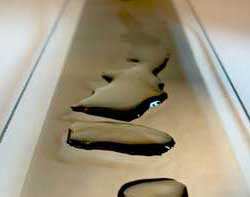 Oxide layer atop nanometal layer results in electron shuttle, not corrosion.
Oxide layer atop nanometal layer results in electron shuttle, not corrosion.
Magnetic nanosprings break down marine microplastic pollution
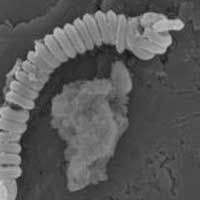 Using tiny coil-shaped carbon-based magnets, researchers in have developed a new approach to purging water sources of the microplastics that pollute them without harming nearby microorganisms.
Using tiny coil-shaped carbon-based magnets, researchers in have developed a new approach to purging water sources of the microplastics that pollute them without harming nearby microorganisms.
Nanobubbles hold clue to improved industrial structures
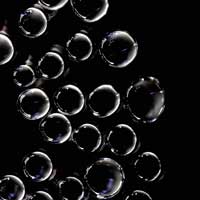 Insights into how minute, yet powerful, bubbles form and collapse on underwater surfaces could help make industrial structures such as ship propellers more hardwearing, research suggests.
Insights into how minute, yet powerful, bubbles form and collapse on underwater surfaces could help make industrial structures such as ship propellers more hardwearing, research suggests.
New way to make 3D carbon nanotube components
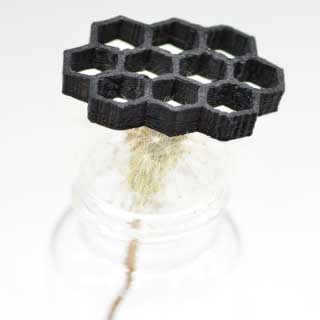 Researchers used a 3D printer to make lightweight, strong, highly porous pure carbon nanotube structures using a 3D printer.
Researchers used a 3D printer to make lightweight, strong, highly porous pure carbon nanotube structures using a 3D printer.
Experimental observation of a new class of materials: excitonic insulators
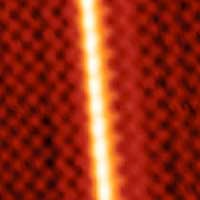 Scientists have found evidence of a new phase of matter predicted in the 1960s: the excitonic insulator.
Scientists have found evidence of a new phase of matter predicted in the 1960s: the excitonic insulator.
Lights out: Putting the ambient air oxidation of monolayer WS2 to bed
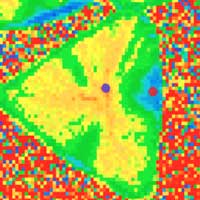 New research shows that the oxidation of monolayers of tungsten disulphide (WS2) in ambient conditions is due to the absorption of visible wavelengths of light.
New research shows that the oxidation of monolayers of tungsten disulphide (WS2) in ambient conditions is due to the absorption of visible wavelengths of light.
Subscribe to:
Comments (Atom)
